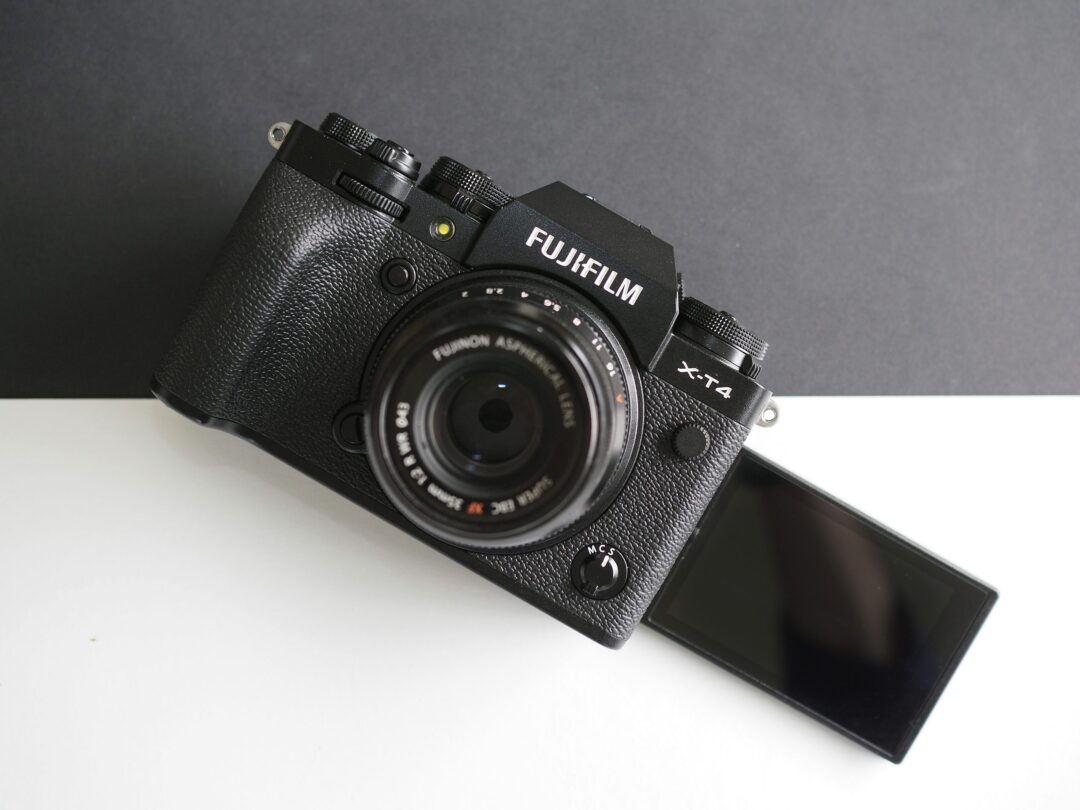Fujifilm is among those who have been very good and succeeded well in building a new camera system from scratch. The system appears to be a successful compromise between a full-frame system camera and the smaller microfourthirds system.
The cameras with image chips in APS-C format, do not require as large lenses as on the full-frame cameras, and it provides camera combinations that are second to none in full format, and at the same time is more compact and lighter.
Fuji’s X series of system cameras have been around for a while now, and the range of lenses and accessories has been increasing all the time. The breakthrough with the X-T1 quickly made Fujifiilm a strong competitor to the established manufacturers’ SLR cameras.
The really big upgrade came on the Fujifilm X-T3. Which got a new image chip, higher firing rate and better autofocus, not to forget 4K video and a better viewfinder. The new Fujifilm X-T4 shares the same image chip and image quality, but has a built-in image stabilizer, swivel touch screen, improved autofocus and higher shooting rate – and is finally complete.
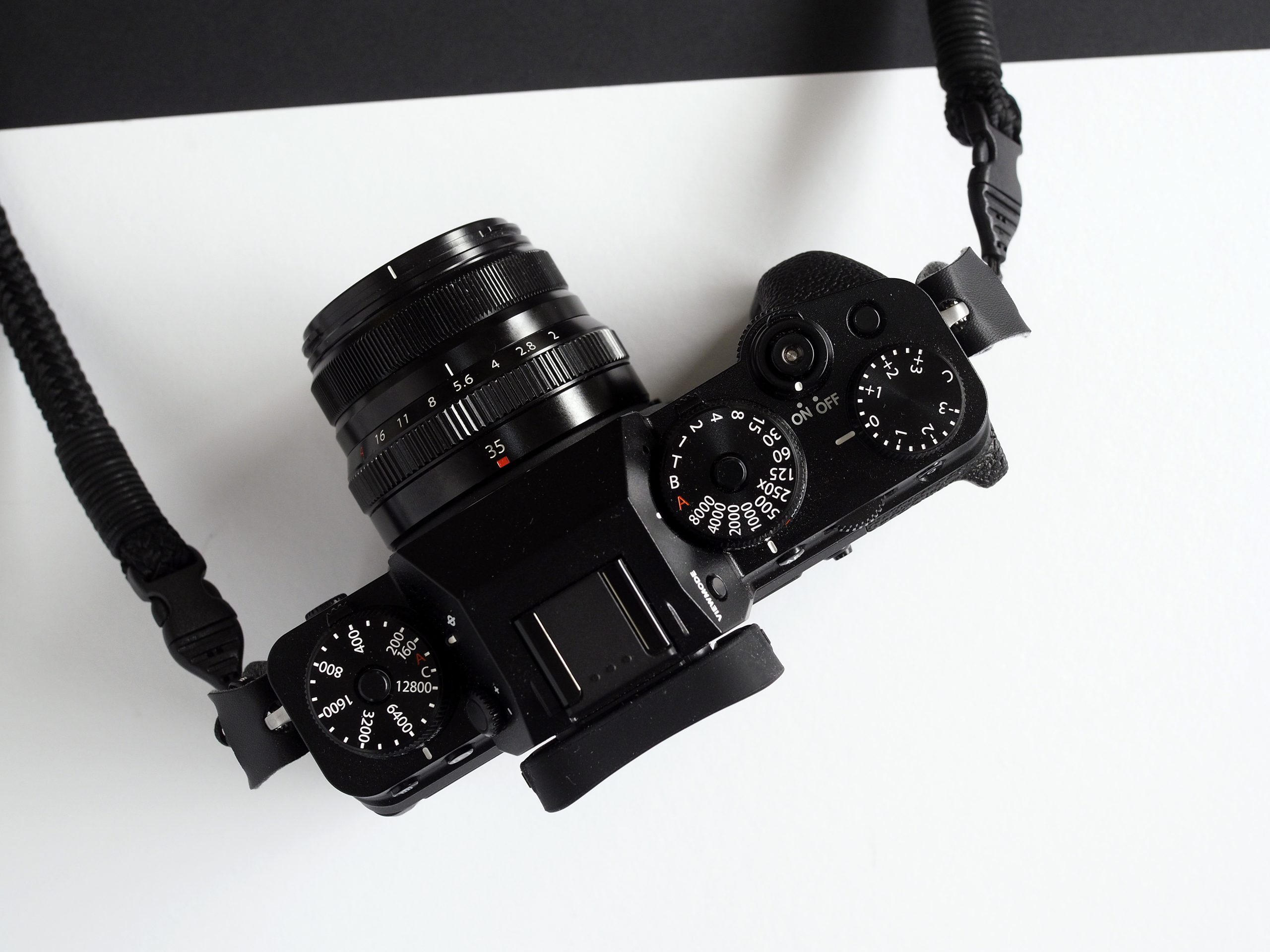
The camera, which is aimed at advanced photographers, is in some areas a cross between the X-T3 and the more video-oriented X-H1. Which was the only one in the X-series with image stabilizer before the X-T4.
For those who have one of each, a switch to the X-T4 may be a convenient upgrade, but X-T3 owners who predominantly take stills, strictly speaking, do not need to think about upgrading yet.
But for the many who have been sitting on the fence for a while, the Fuji camera may be exactly what they have been waiting for. The camera, which has strong competition from the Sony a6600 and the full-frame camera Nikon Z6, among others, is the most complete system camera to date in the APS-C class.
And the best we have tested in this class.
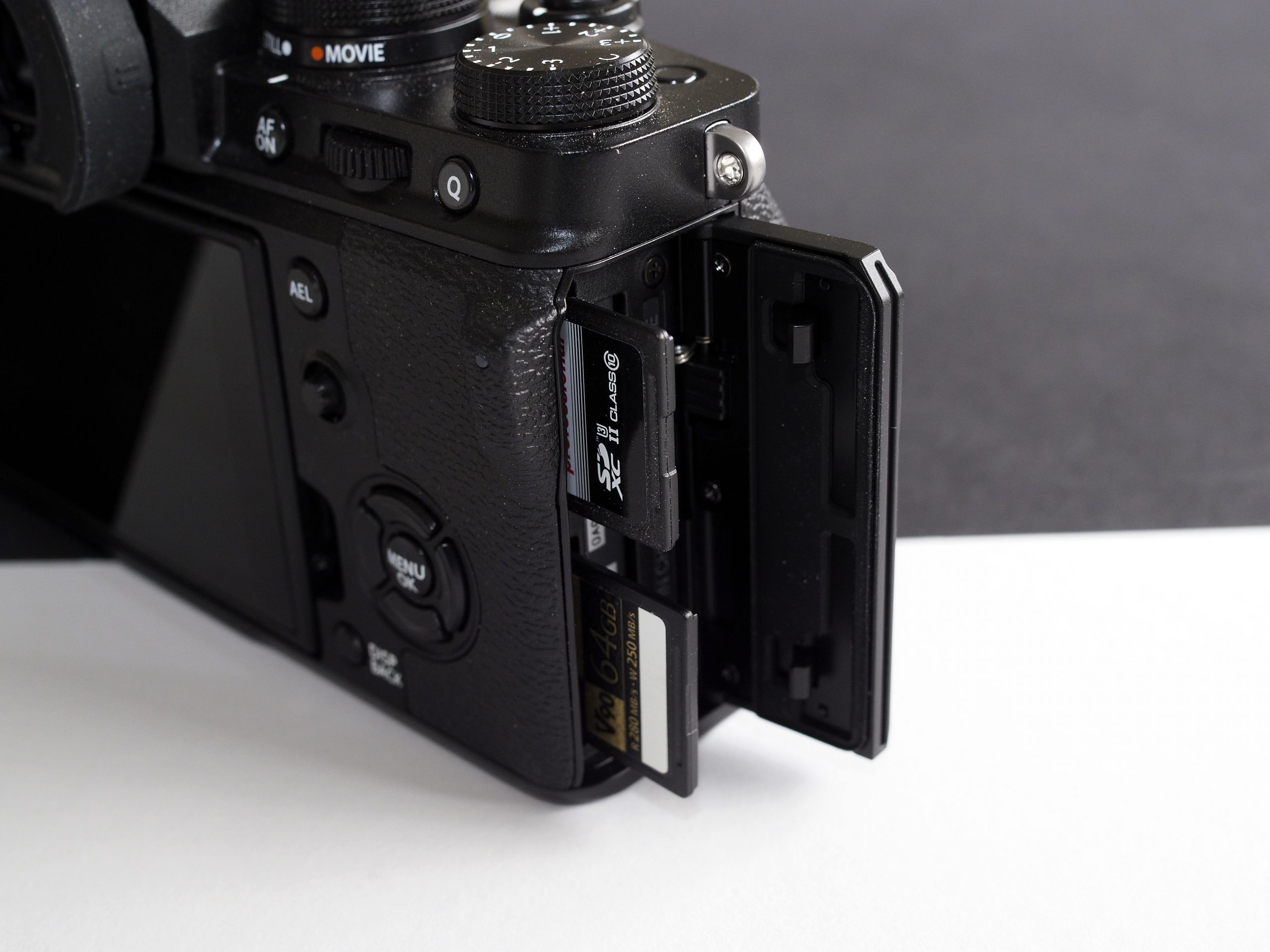
Integrated image stabilizer
The big news is the built-in image stabilizer. Which provides up to 6.5 exposure steps with compensation on most of the Fujinon lenses, approximately 5 steps on the remaining ones, and which works on both still images and video recordings.
Let’s start with the main features of the X-T4:
- Same 26 Mp X-Trans CMOS image chip as X-T3
- Improved autofocus
- 425 focus points with face and eye focus
- New mechanical shutter tested for 300,000 exposures
- 4K UHD / DCI 60p 10-bit 4: 2: 0 video, 200/400 Mbps, F-Log
- 6.5-step internal image stabilization
- Up to 20 frames / s firing rate, 38 jpeg, 17 raw
- Rotate and tilt touch screen
- Rear joystick at the rear
- Two SD card slots
- Improved battery life 500 exp.
- Hosted camera housing
- 80-51200 ISO
Video
Most of the video features are transferred from the X-T3. You can shoot 4K video in DCI or UHD resolution, in H.265 format at 30, 25 and 24p up to 400 Mbps in All-Intra, or 60 and 50p up to 200 Mbps in Long GOP. There is also support for F-Log live on screen, on 10-bit recording with 4: 2: 0 in H.265 – 8-bit – in H.264 – and the camera supports uncompressed 4K from HDMI in up to 10-bit 4: 2: 2.
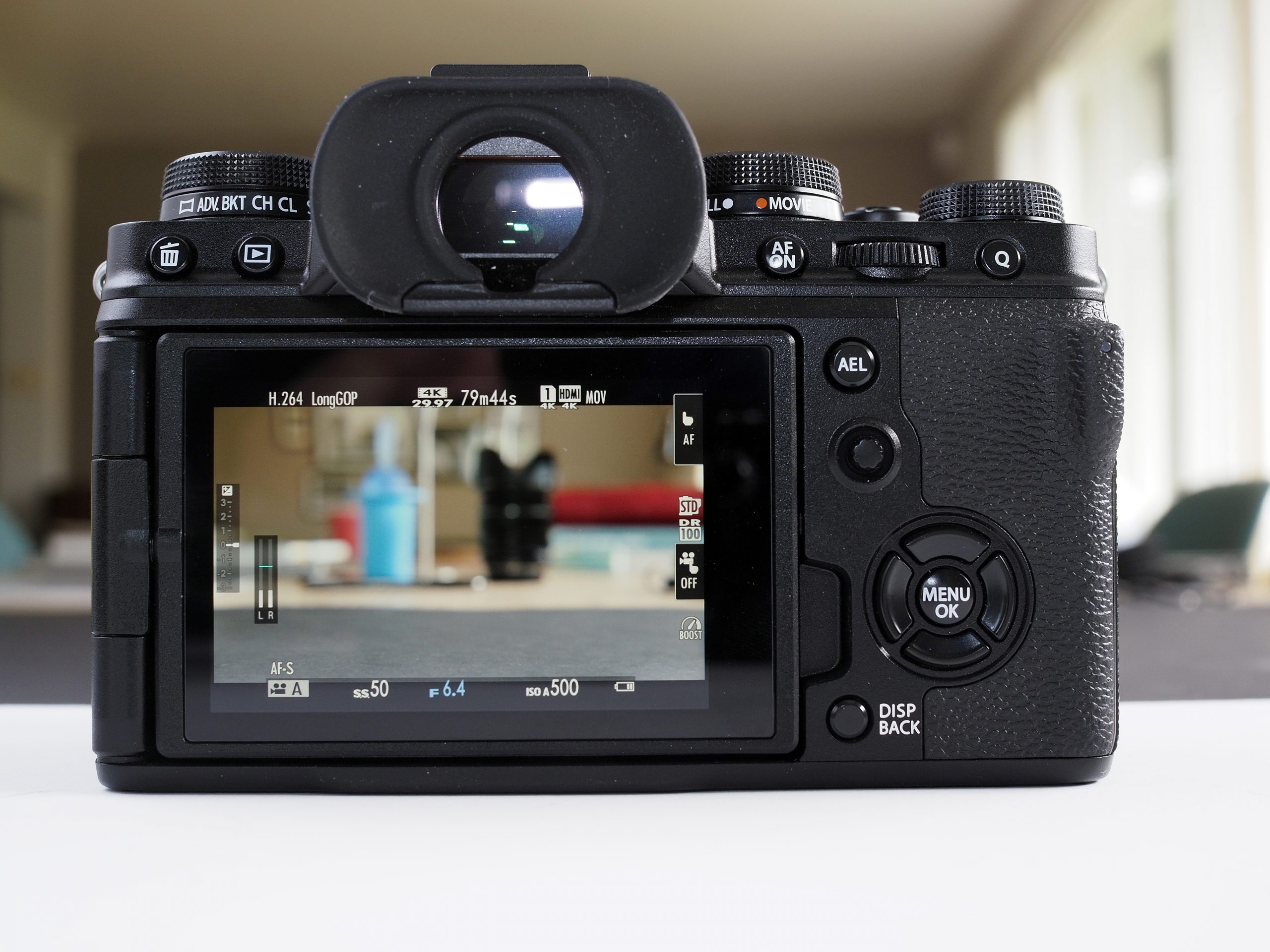
It is also possible to make really slow motion in 1080 HD, up to 240fps. Recording is limited to 30 minutes at a time, or 20 minutes at the two highest frame rates.
The image stabilizer can also be combined with a digital stabilizer should you need more help. But then the section is cropped by a factor of 1.29 x. There is also a boost mode, which makes the image stabilizer more active.
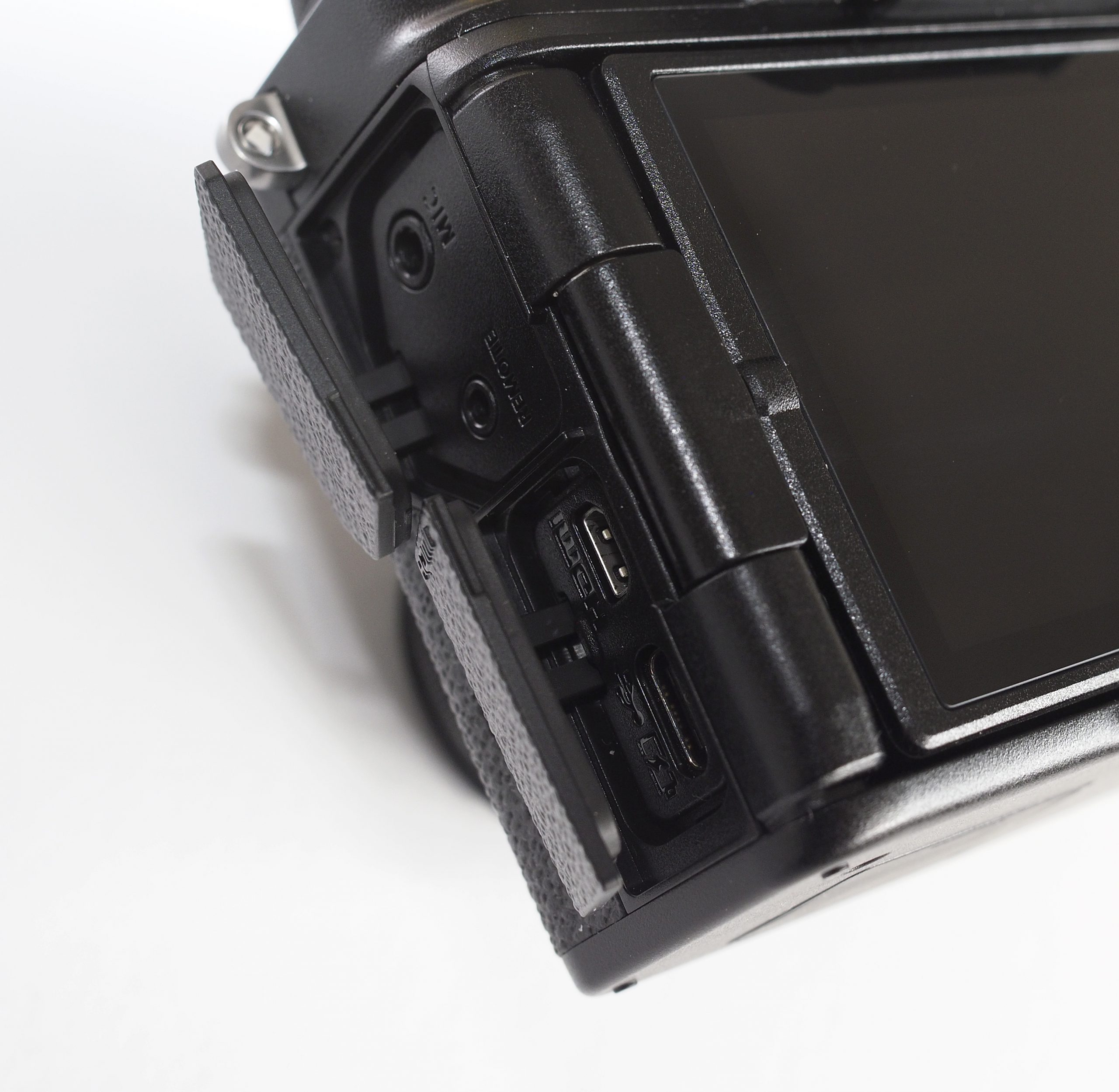
The camera can record PCM audio in stereo, and has a microphone input – which can also be used as a line input for a player, but not a headphone output. However, it comes with a USB adapter with 3.5mm minijack headphone output, so you can use headphones as a monitor during recording.
Since the camera has two card slots, you can choose to use one of the cards as a backup for recording. But with the same resolution and format on both.
Autofocus
For each new generation, Fujifilm engineers have improved the autofocus on the cameras. On the X-T4 we find the same hybrid autofocus as on the X-T3, with a response as low as 0.02 seconds, but Fuji has tried to improve the follow focus, and in our opinion succeeded well with it.
Here, color information is used to help the autofocus get stuck in moving subjects. Note that this feature does not exist on video recordings, but it works great on continuous shooting on still images. Continuous shooting has been increased to 15 frames / s with the new – slightly quieter – mechanical shutter, which Fuji has tested to 300,000 exposures.
With an electronic shutter, the firing speed increases to 20 bps, but note that the buffer stops after a short time if you shoot raw files with a high firing speed.
Face and eye focus more noticeably improved, and in most cases it is on par with the precision of the autofocus on a Sony a7 IV. As a leader in just that area.
Ease of use
Most of the camera body is identical to the X-T3. Some buttons have changed places, and the choice between still images and video has replaced the light metering switch, under the shutter speed wheel. The joystick is retained, but the rubber eyecup has become larger, and the X-T4 has been given a swivel – not just tiltable – touch screen.
Which makes the camera even better suited for handheld video.
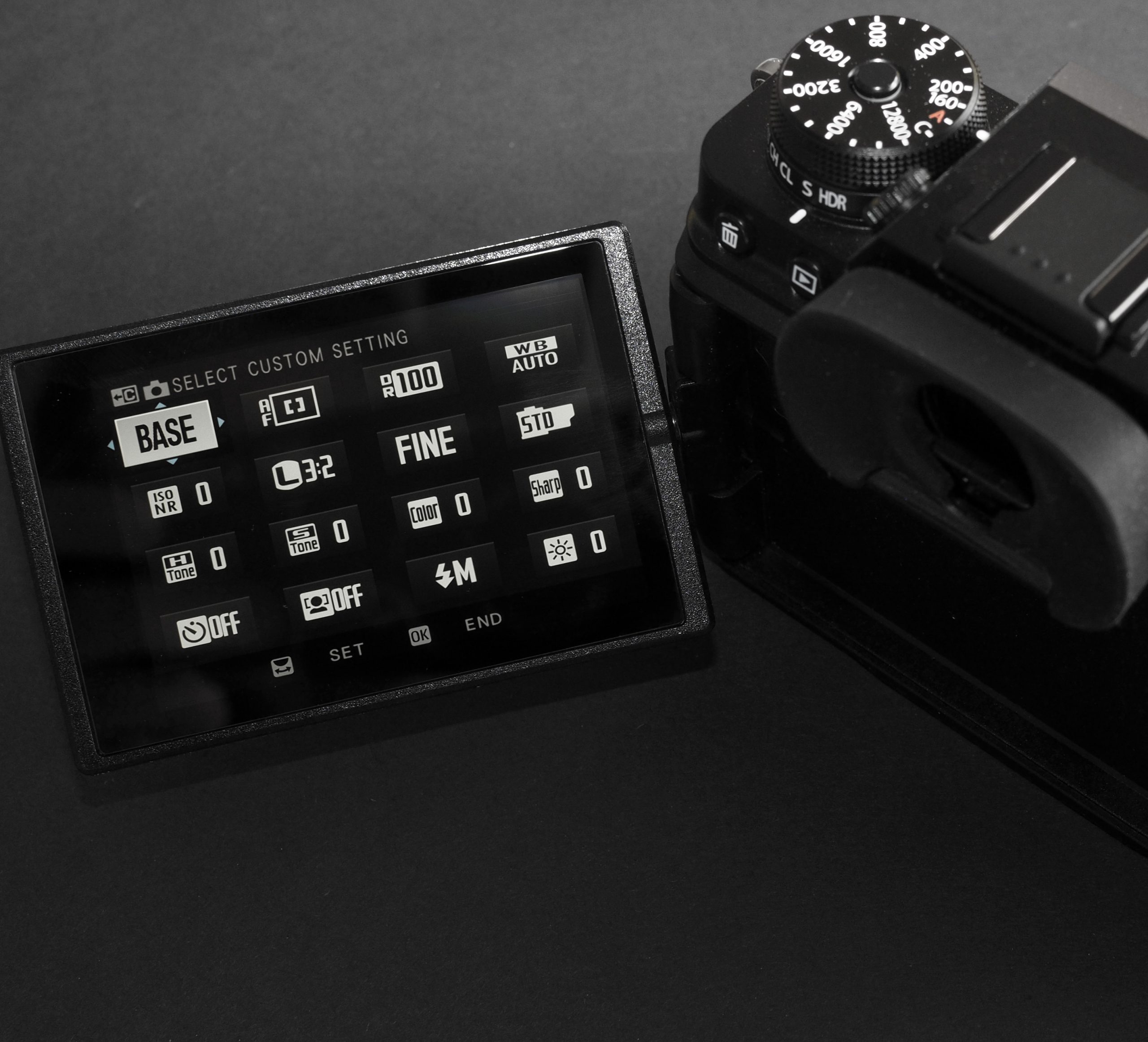
The handle that we have criticized on the X-T3 is bigger and better, although not as good as on the X-H1. The camera also has two SD card slots that support UHS-II.
It can use the vertical grip which further expands the battery capacity from the given 500 images.
The fine OLED viewfinder has not changed, but the swivel touch screen has a higher resolution. The camera has almost endless possibilities for customizing functions as needed, and the clear setting wheels basically make the screen redundant most of the time, except in live view, of course.
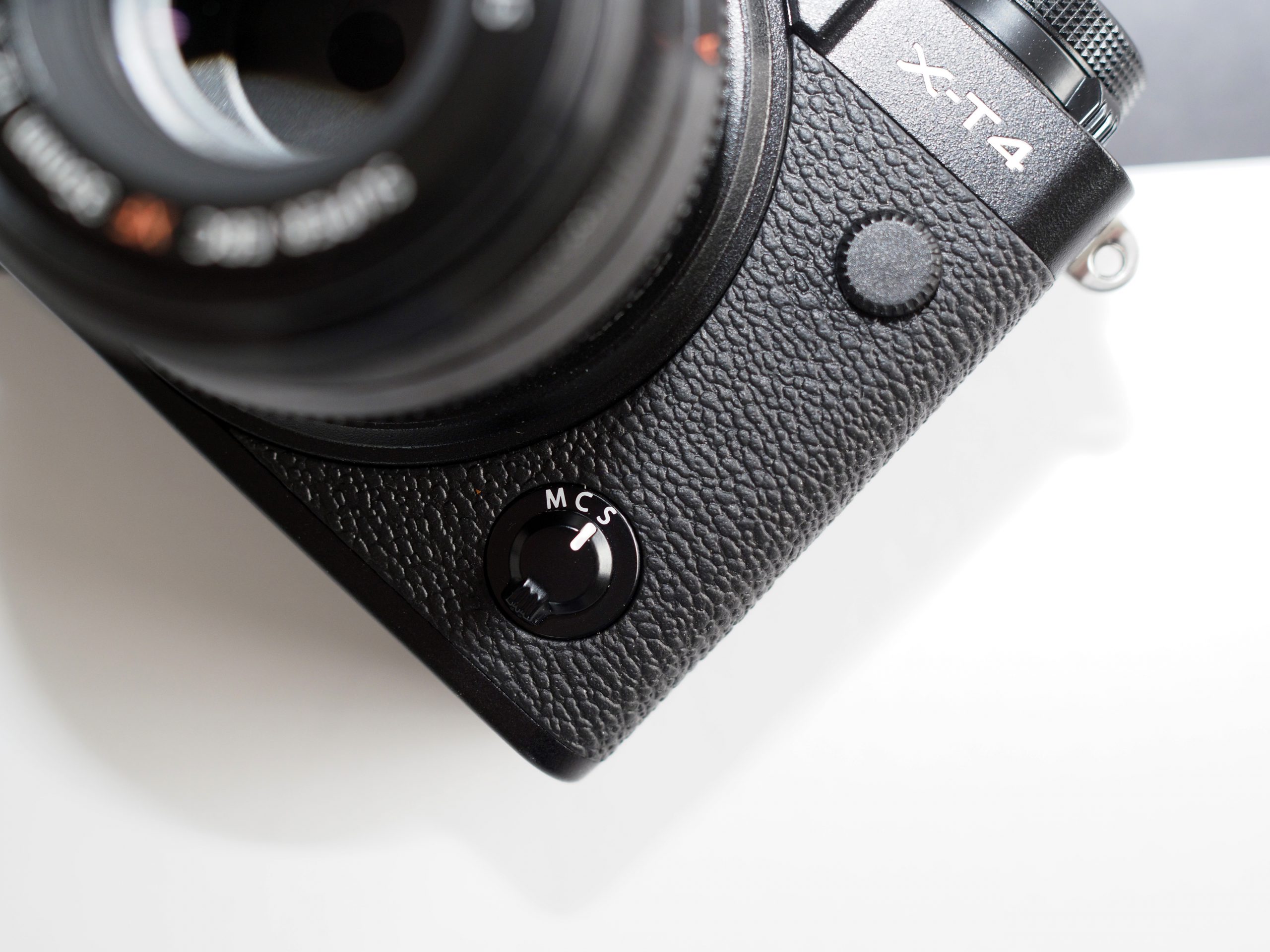
Image quality
As usual, working with a Fuji camera is very satisfying. So much has been arranged for a good user experience, and so much has been done as intuitively and clearly as possible for photographers.
It also comes as no surprise that the image quality in practice is the same as on the X-T3. There was not much to improve there either. Fuji is widely known for its refined jpeg processing, and the camera does not disappoint us here either.
If you look at the contrast tones and gradations, it is simply magnificently rendered. The image chip, which uses the asymmetric X-Trans color filter instead of the classic Bayer filter, provides a sharpness of detail that in many ways exceeds expectations. Together with a Fujinon 90 / f2, it is possible to get a detailed sharpness of e.g. eyelashes we usually associate with image chips with much higher resolution.
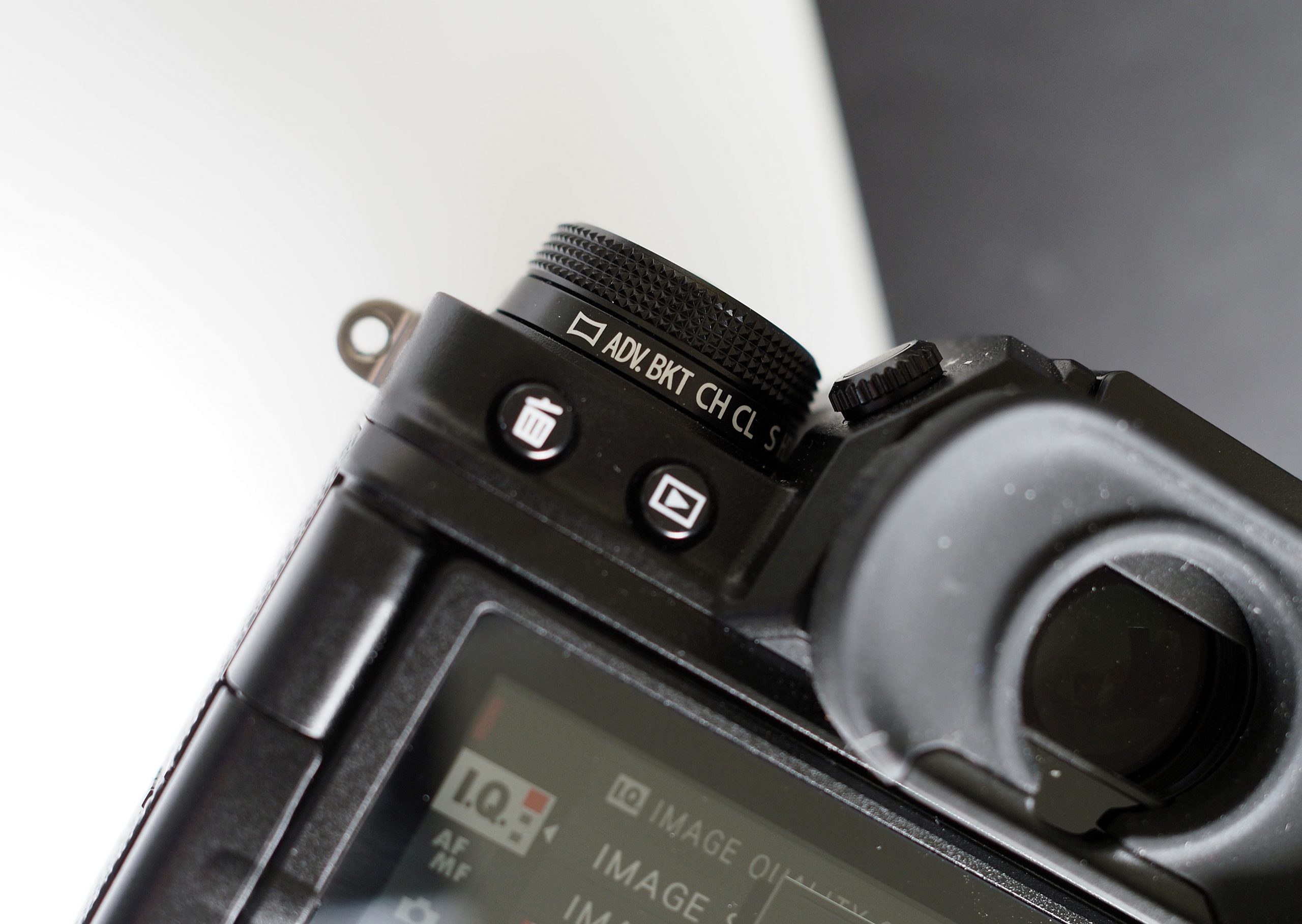
There is also not much image noise at high ISO values, and you can shoot in low light up to 6400 ISO, before color and grain noise becomes a visible problem.
Fujifilm has some of the most useful filter effects, and the camera has movie simulations, such as Velvia, Eterna, Provia, Astia, Acros, Classic Negative, Classic Chrome, and the choice between Eterna Cinema, and Eterna Bleach Bypass. The latter increases the contrast of the Eterna filter, and slightly reduces the saturation.
The photographer can also adjust the tone curve himself, even when movie simulations are selected.
Conclusion
Fujifilm X-T4 is so complete and complete that it is difficult to imagine what can be improved. Consequence focus on video recording, of course, but the rest as image quality, ease of use and not least usability, is refined to perfection. This is truly an all-round camera, for people who use video as much as still images. It may have a slightly smaller image chip, but the X-T4 can really give full-frame cameras that cost twice as much, a veritable battle for customers.


We think
The best picture and video quality in the class. Well-functioning image stabilizer. High firing rate and very good focus precision. Useful swivel touch screen on video, solid, weatherproof quality. Missing focus tracking on video recording. Short buffer of 15 bps raw files. Delivered without charger. No headphone output without adapter.
1295 €
Specifications
- Type: 26 Mp system camera X-Trans image chip in APS-C format
- Optics: Fujinon XF
- Screen: 7.6 cm LCD, 1.6 Mp pixels
- Viewfinder: 3.7 Mp / 100 hz OLED, 0.75 x
- Continuous shooting: 15/20 images / s
- Video: 4K / UHD / DCI, 60/50/30/25 / 24p, 200/400 Mbps
- Connections: Remote release, USB 3.2, HDMI, microphone
- Wireless: Bluetooth, Wifi
- Storage: 2x SD / SDHC / SDXC with UHS-II
- Battery life CIPA: 500 images
- Dimensions / weight: 135 x 93 x 84 mm / 607 g
- Highlights: Swivel-tilt touch screen, 6.5 Ev image stabilizer, 1 / 32,000s electronic shutter, 425 focus points,
- joystick, weather seal, max 51200 ISO.
